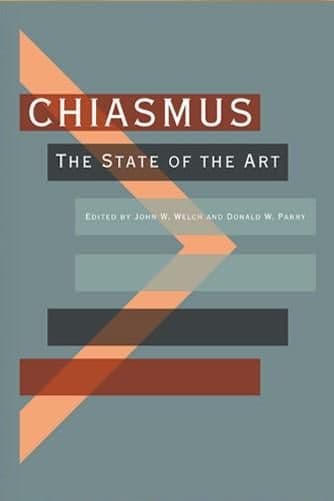Book
17 Chapters

Abstract
Jonathan Burnside, “Exegesis or Eisegesis: Does Chiastic Analysis Help Us to Understand Leviticus 20?” argues that a chiastic structure not only governs Lev 20 but reveals several complexities in the text. “In fact, Lev. 20 is characterized by a high degree of internal structure, even by the standards of biblical law.” The key to comprehending the chiastic structure of Lev 20 is to recognize the various penalties that are attached to proscribed acts, especially those of a sexual category. The penalties, introduced with various formulas, for example, “shall be put to death,” “shall be cut off,” plus others, are exacted by human agents (see vv. 2, 9–16, 27) or by God (see vv. 3–6, 17–21). The chiasm’s center in Lev 20 consists of verses 10–16, which sets forth six complex “binary oppositions,” such as adultery “outside family/inside family”; “heterosexual intercourse/ homosexual intercourse”; and prohibited sex “man initiates/woman initiates.” After explaining several purposes for the use of chiasmus in Lev 20, Burnside affirms that “all claims regarding the existence of chiasmus must overcome the charge that the argument is rather more a matter of eisegesis rather than exegesis.”
Book
17 Chapters
Items in the BMC Archive are made publicly available for non-commercial, private use. Inclusion within the BMC Archive does not imply endorsement. Items do not represent the official views of The Church of Jesus Christ of Latter-day Saints or of Book of Mormon Central.